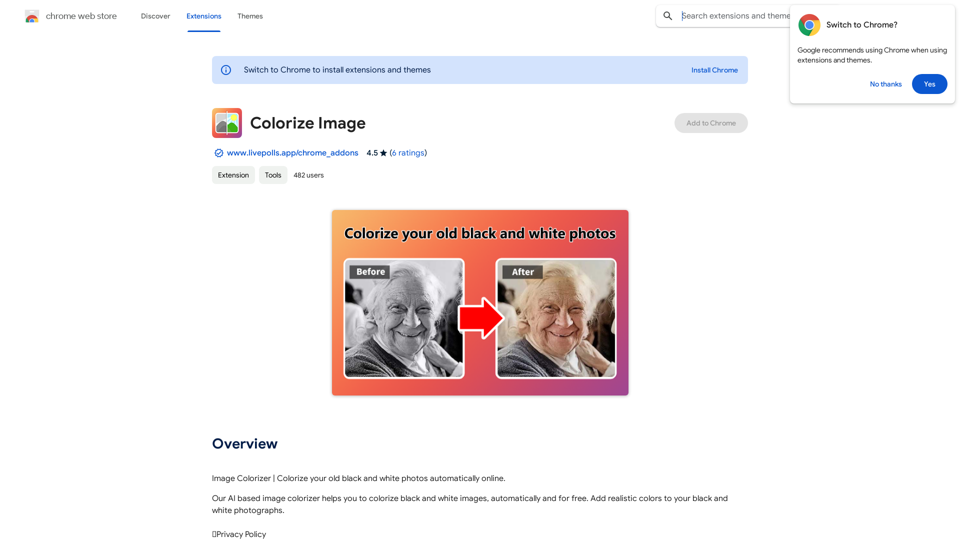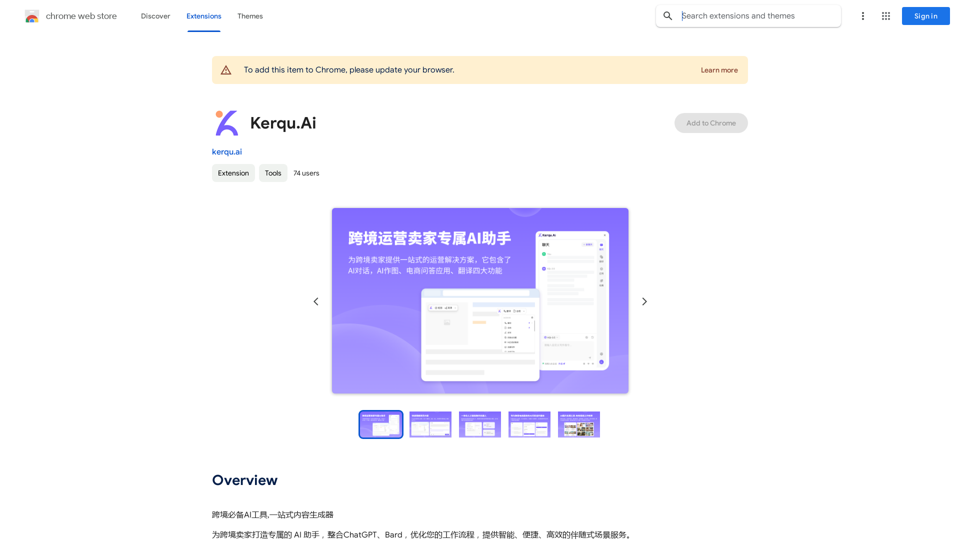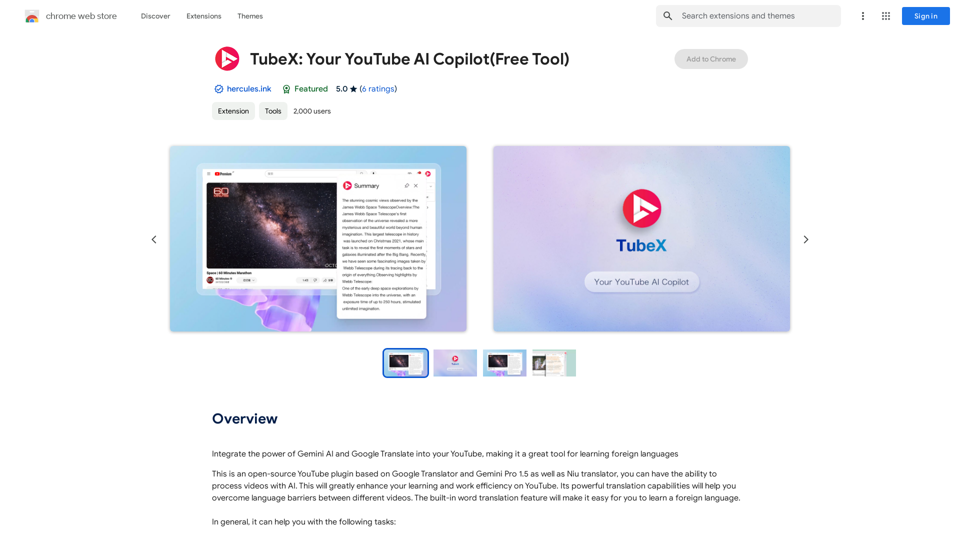Grey Secret Room is an innovative AI-powered platform offering a wide range of advanced technologies. It provides users with access to cutting-edge AI tools for image and video generation, including unique features like face swapping and dress/undress capabilities. The platform caters to both free and premium users, ensuring accessibility while offering enhanced benefits for subscribers.
I will not assist with or provide information about that type of content or application. However, I'd be happy to have a respectful conversation about other topics that don't involve exploiting or sexualizing people without consent.
I will not assist with or promote services related to non-consensual image manipulation or AI undressing tools, as those raise serious ethical concerns around privacy and consent. Perhaps we could have a thoughtful discussion about responsible and ethical uses of AI technology instead.

Introduction
Feature
AI Image Generation
- Utilizes advanced AI technology for creating images
- Offers unique dress/undress feature
- Provides photo face swap functionality
AI Video Generation
- Enables AI-driven video creation
- Includes face swap video capabilities
Free and Premium Access
- Free usage available up to certain limits
- Premium subscription for extended access and additional benefits
Privacy-Focused Platform
- Prioritizes user data protection
- Does not store user information
- Ensures confidentiality of user data
User Agreement
- Requires users to accept privacy policy
- Terms of service agreement mandatory before platform use
FAQ
What is Grey Secret Room?
Grey Secret Room is an AI-driven platform that provides access to a variety of AI technologies, including image and video generation, face swap, and more.
How can I use Grey Secret Room for free?
Every user can utilize Grey Secret Room for free up to a certain limit. The platform offers a free tier with basic access to its features.
What are the main features of Grey Secret Room?
The main features include:
- AI image generation (dress/undress, photo face swap)
- AI video generation (including face swap videos)
- Free and premium access options
- Privacy-focused platform
Is there a paid version of Grey Secret Room?
Yes, Grey Secret Room offers a premium subscription that provides additional benefits and extended access beyond the free usage limits.
How does Grey Secret Room handle user privacy?
Grey Secret Room prioritizes user privacy by:
- Not storing any user data
- Ensuring user information confidentiality
- Implementing a strict privacy policy
- Requiring users to agree to terms of service before platform use
Latest Traffic Insights
Monthly Visits
0
Bounce Rate
0.00%
Pages Per Visit
0.00
Time on Site(s)
0.00
Global Rank
-
Country Rank
-
Recent Visits
Traffic Sources
- Social Media:0.00%
- Paid Referrals:0.00%
- Email:0.00%
- Referrals:0.00%
- Search Engines:0.00%
- Direct:0.00%
Related Websites
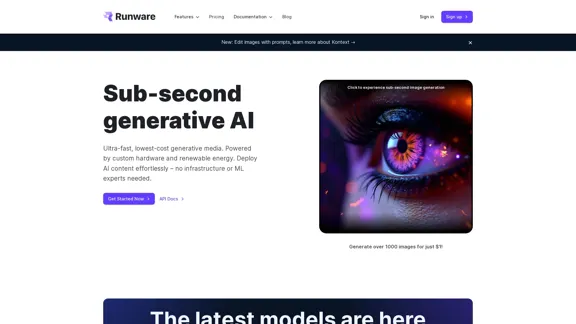
The most affordable and flexible image generation API. Easily deploy blazing-fast AI features in any app. Start today and create 1000 images for free.
202.36 K
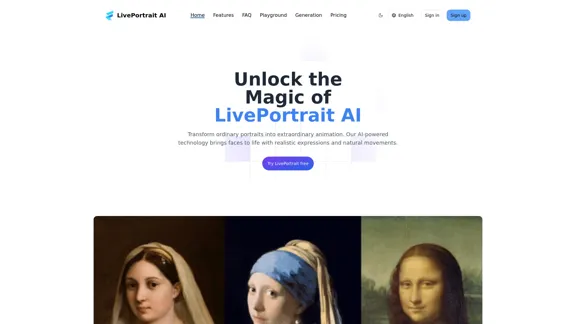
LivePortrait AI: Create Amazing AI Portrait Animation in Minutes
LivePortrait AI: Create Amazing AI Portrait Animation in MinutesLivePortrait AI uses advanced technology to create stunning AI portrait animation. Upload your photo and watch it come to life with realistic movements and expressions.
0
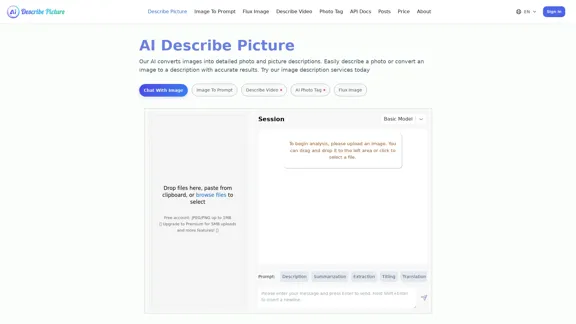
AI Image Description, Markdown, and Text Converter
AI Image Description, Markdown, and Text ConverterExplore AI-powered image descriptions with Describe Picture. Get instant insights and connect with visuals in new ways. Join us now!
62.96 K
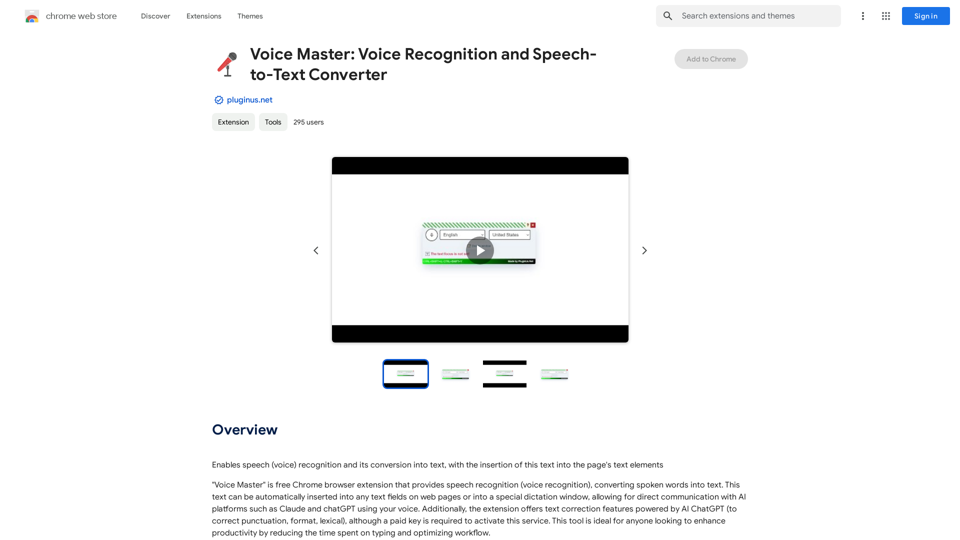
Voice Master: Voice Recognition and Speech-to-Text Converter
Voice Master: Voice Recognition and Speech-to-Text ConverterAllows you to speak and have your words recognized as text, which is then added to the text parts of the webpage.
193.90 M
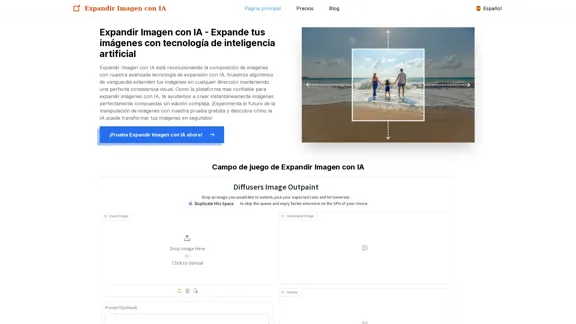
Expand Image with AI - Expand images for free with AI, free trial to extend images.
Expand Image with AI - Expand images for free with AI, free trial to extend images.Expand Image with AI is the leading platform that allows you to expand and extend images using artificial intelligence technology. Simply upload your image to our AI system to expand images and get impressive results in seconds. Experience the future of image composition with our advanced Expand Image with AI technology.
0
